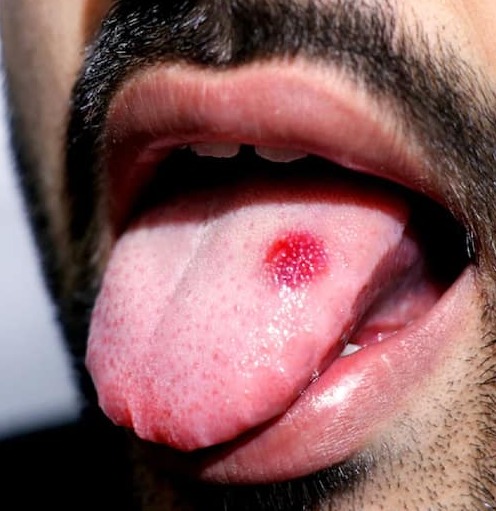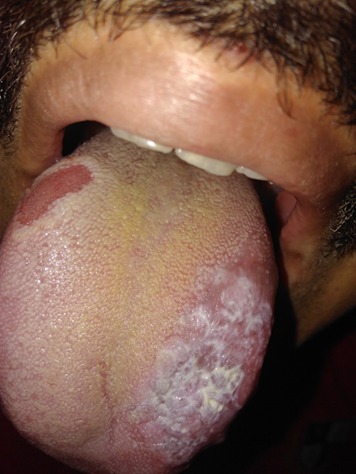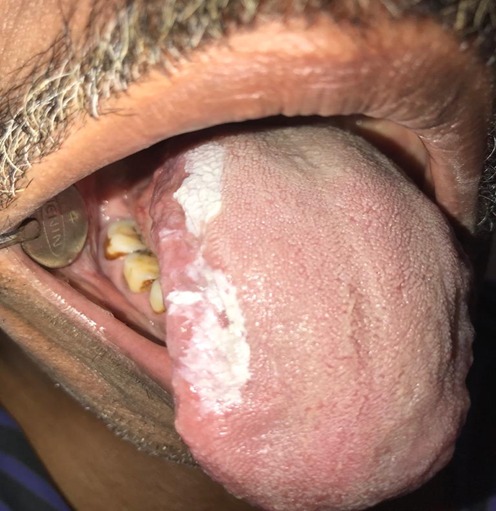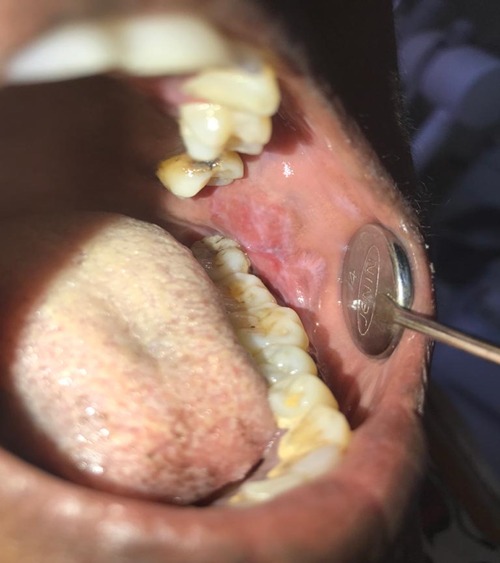What is Soft Tissue Screening?
Often generally referred to as “Soft Tissue Screening”, oral and oropharyngeal cancers are any cancer that forms in the mouth, lips, cheeks, gums, tongue, hard palate, tonsils and throat.In many cases, oral or oropharyngeal cancers are not diagnosed until the localized lesion has spread regionally to lymph nodes in the neck or metastasized to a more distant part of the body such as the lung. Once this happens the options for treatment are diminished and the chances of a full recovery are reduced dramatically.
Regular Oral Screenings Could Save Your Life
Early Detection
If Soft Tissue Screening is discovered early, the 5-year relative survival rate is over 85%.If discovered late, it is only about 40%. This year, about 54,000 people in the USA will be diagnosed with oral/oropharyngeal cancer and nearly 11,000 will die. Early detection is key.
What is Soft Tissue Screening?
Often generally referred to “Soft Tissue Screening”, oral and oropharyngeal cancers are any cancer that forms in the mouth, lips, cheeks, gums, tongue, hard palate, tonsils and throat.
Stealthy & Deadly
Most of the time Soft Tissue Screening is diagnosed late only when it has spread regionally to the lymph nodes in the neck or, even worse, to a more distant location in the body such as the lungs. When found late like this survival rates are dramatically reduced. Regular oral screenings could save your life.
Comprehensive Oral Exam (COE)
If Soft Tissue Screening is discovered early, the 5-year relative survival rate is over 85%.If discovered late, it is only about 40%. This year, about 54,000 people in the USA will be diagnosed with oral/oropharyngeal cancer and nearly 11,000 will die. Early detection is key.Also referred to as an intra and extraoral head and neck exam, this is an examination performed by a clinical practitioner that assesses your head and neck for anything unusual (e.g. asymmetry or abnormal lumps and bumps) and also the inside of your oral cavity. The clinician uses both their eyes (visual assessment) and their hands (palpation) to help check for anything unusual. You’ll usually remember if you’ve had this examination performed because it involves having your tongue gently pulled out so that the clinician can get a good look at the base of your tongue. Although this examination is an overall assessment of the health of your head and neck region and is checking for all kinds of disease, one of its most important functions is to screen for Soft Tissue Screening and precancer (so-called “dysplasia”).
Enhanced Oral Screening
Your dentist or hygienist performs an examination with the VELscope after they have performed the COE to try and find anything that they might have missed with the regular exam. The VELscope emits specific wavelengths of blue spectrum light into your mouth to stimulate natural tissue fluorescence which can be viewed directly through the VELscope. Research has shown that the VELscope can help find abnormal tissue that might have unnoticed by the naked eye.
Finding an Abnormality
If your dentist or hygienist finds something unusual that needs further investigation, don’t panic, it doesn’t mean that you have Soft Tissue Screening! There are all sorts of conditions that can lead to abnormalities in your oral mucosa and most of them are unrelated to Soft Tissue Screening. Some of them will go away on their own and some may require some sort of action on the part of the clinician to resolve. In these circumstances, you may be asked to come for a follow-up visit so that the area can be reassessed and, occasionally, your dentist may refer you to a specialist for a biopsy. Biopsy is the gold standard for diagnosing abnormal tissue.
Oral/Oropharyngeal Cancer Risk Factors
Tobacco Use :
- Tobacco is still one of the strongest risk factors for oral and oropharyngeal cancers.
- Both regular smoking and oral tobacco products (e.g. snuff, chewing tobacco) are implicated.
Gender :
- Statistically, males are at higher risk for oral/oropharyngeal cancer than females.
Human Papillomavirus (HPV) Infection :
- A particular strain of the HPV virus, HPV16, is strongly associated with oropharyngeal (base of tongue, back of throat) cancer.
- 70% of oropharyngeal cancer is believed to be associated with HPV16 infection
- Currently, this is the fastest growing subtype of oral/oropharyngeal cancer.
Being Overweight
Age :
- Oral cavity cancer (mostly tobacco related) is seen more commonly in older individuals (older than 50).
- HPV associated oropharyngeal cancer is more common in younger people (younger than 50).
Chewing Betel quid or gutka :
- More commonly seen in Southeast Asia and certain other parts of the world.
- Betel quid is a mixture of the betel nut and other ingredients and gutka is a mixture of betel quid and tobacco.
UV light (sun exposure) :
- UV-light associated lip cancer used to be one of the most common types of Soft Tissue Screening.
- There has been a sharp decrease in lip cancer incidence in recent years that is generally attributed to use of SPF lip balm.



